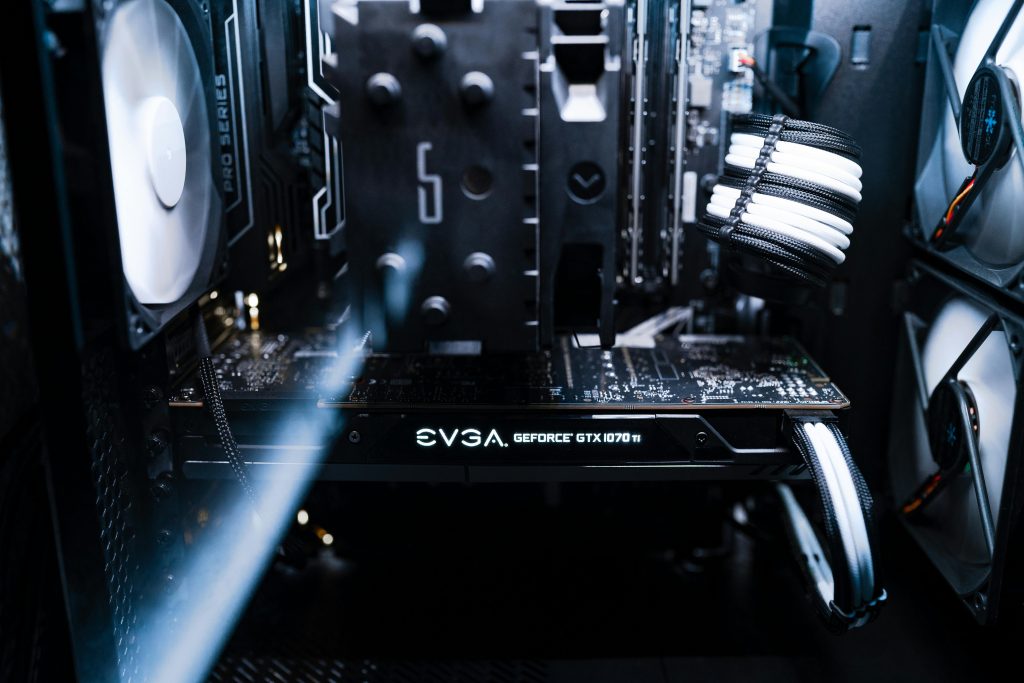Understanding and Resolving Persistent Restart Loops on Your Lenovo V15 G4 ABP Laptop
Experiencing persistent restart cycles can be a frustrating experience, especially when it hampers your productivity and data security. If you’re using a Lenovo V15 G4 ABP (Type 83CR) and facing similar issues, this article aims to provide a comprehensive overview of potential causes and effective troubleshooting steps to resolve such problems.
Identifying the Issue
Inconsistent Restart Behavior:
– Random shutdowns and restarts, particularly when the battery percentage drops to around 20%.
– Occasional glitching episodes affecting applications like Minecraft and external peripherals such as the Huion Kamvas 13.
– A recent incident where the laptop entered an infinite restart loop, preventing operation and risking data integrity.
Potential Causes
While hardware damage cannot be entirely ruled out, in many cases, software conflicts or system misconfigurations are culprits. Common causes include:
– Corrupted system files or faulty Windows updates.
– Driver conflicts or outdated device drivers.
– Power management issues, especially related to battery calibration or settings.
– Malware infections or unwanted background processes.
– BIOS or firmware glitches.
Troubleshooting Strategies
- Boot into Safe Mode:
Starting your laptop in Safe Mode allows you to diagnose if a background application or driver is causing the restart loop. - Turn on the laptop and force shutdown as it tries to load Windows repeatedly.
- Repeat this process three times; Windows should automatically access the Advanced Startup Options.
- Navigate to Troubleshoot > Advanced options > Startup Settings > Restart.
- After reboot, select ‘Enable Safe Mode’ (usually option 4 or 5).
-
If the laptop stabilizes, suspect recent changes or software issues.
-
Update or Roll Back Drivers:
- In Safe Mode, access Device Manager.
- Check for any devices with warning symbols.
-
Update outdated drivers or roll back recent updates that might have caused conflicts.
-
Check for Windows Updates:
- Ensure your system is fully updated, as patches often resolve bugs.
-
Navigate to Settings > Update & Security > Windows Update.
-
Run System File Checker (SFC) and DISM:
- Open Command Prompt as administrator.
- Execute
sfc /scannowto repair corrupted system files. -
Follow with
DISM /Online /Cleanup-Image /RestoreHealthif issues persist. -
Examine Power Settings and Battery Health:
- Use Windows Battery Report (
powercfg /batteryreport) to assess battery
Share this content:



